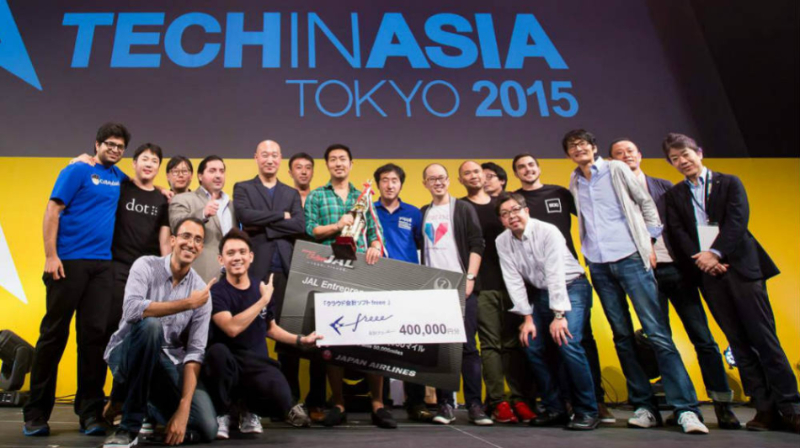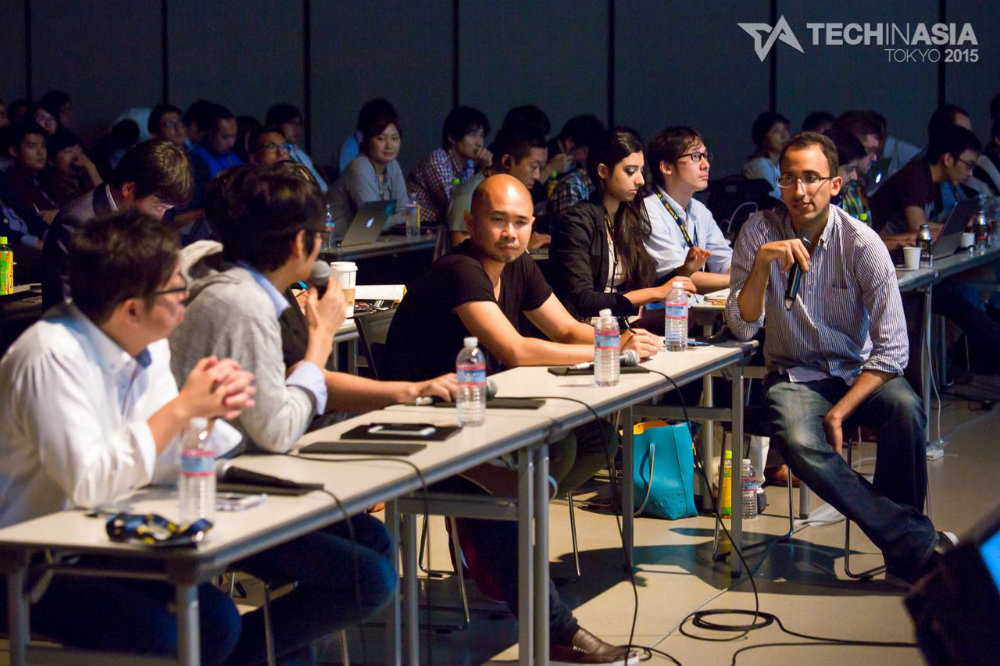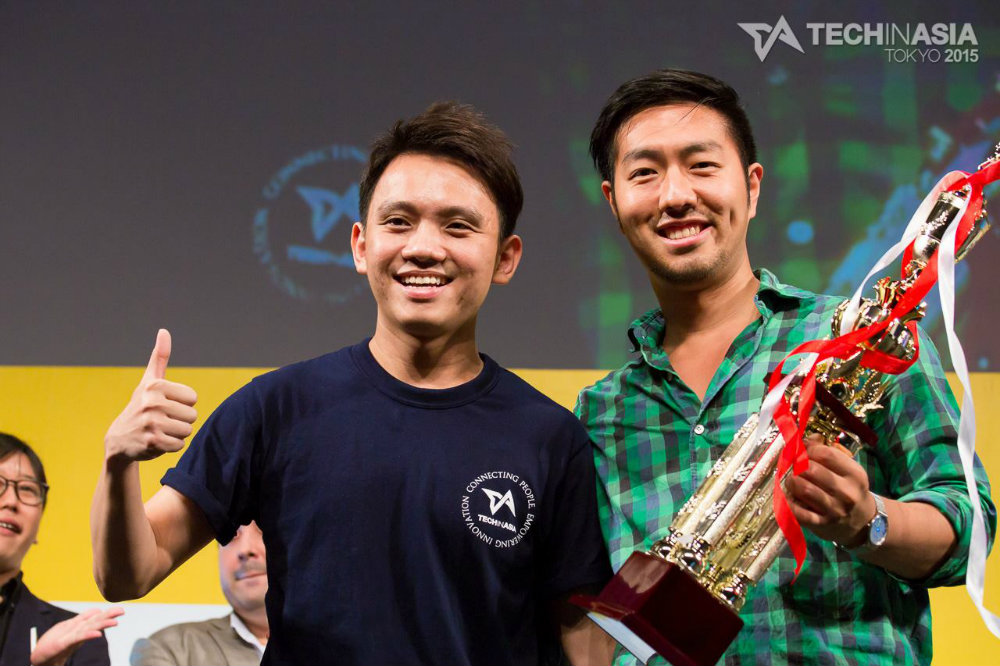GET IN TOUCH
- Please wait...

It is the second year in a row that Tech in Asia hosted an annual startup event in Tokyo. SD ASIA was the media partner and covered the 2-day event. It is definitely smaller than its flagship event in Singapore. However, it did pack few heavyweight sessions like Ben Horowitz and Om Malik which made the event worthwhile. Here is a list of 10 key takeaways from the 2-day event:



This article was co-created by Mustafizur Khan & Samad Miraly and primarily published at SDAsia.
Image credit – Tech in Asia
Our experts can help you solve your unique challenges
Stay up-to-date with our Thought Leadership and Insights